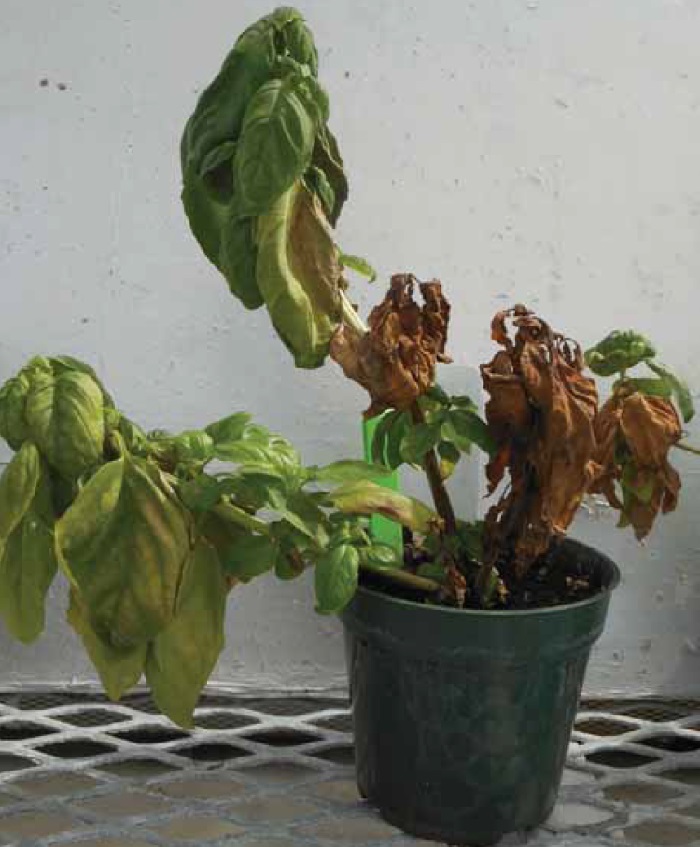
And it affects tomato fruit - especially green ones. Uncontrolled it will kill plants faster than any other disease. Petunias, which are closely related to tomatoes and potatoes, can also be infected by late blight and show similar symptoms.

Copper is not very effective on late blight. Use a product that contains chlorothalonil. If you want to try to control late blight with fungicides, you need to begin spraying fungicide now – even before you see symptoms – and you need to continue spraying regularly. Leave the bag ‘cooking’ in sunlight for several hours to kill plant and pathogen, then put in the trash.įruit can rot quickly once infected, but any part not affected is safe to eat as this pathogen does not produce a toxin.

Update: : See also: Cornell Chronicle article. While the timer shows that the recording is already 38 minutes into the session, it is actually very early in the presentation when the recording begins.
#LATE BLIGHT ON BASIL DOWNLOAD#
Allow program to download to your computer and a PowerPoint presentation will appear on your screen. Update: : View late blight webinar for home gardeners hosted on July 2 by Rutgers and Cornell Cooperative Extension. Update: : Photos of late blight on potatoes added to Meg McGrath’s plant disease photo gallery. Update: : View new Late Blight FAQ and Late Blight: Corrections of Misinformation by Meg McGrath. Update: : Cornell Plant Disease Diagnostic Clinic late blight factsheet has been updated to list chlorothalonil products registered for home garden use in New York State. Update: : Fungicide info for home gardeners added to Meg McGrath’s late blight photo gallery. Update: : New factsheet from NYSIPM program: Late Blight: A Serious Disease of Potatoes and Tomatoes.

Update: : Late Blight Q&A from the Northeast IPM Center. Update: : See new post for 2010 season, Avoid the late blight blues.


 0 kommentar(er)
0 kommentar(er)
